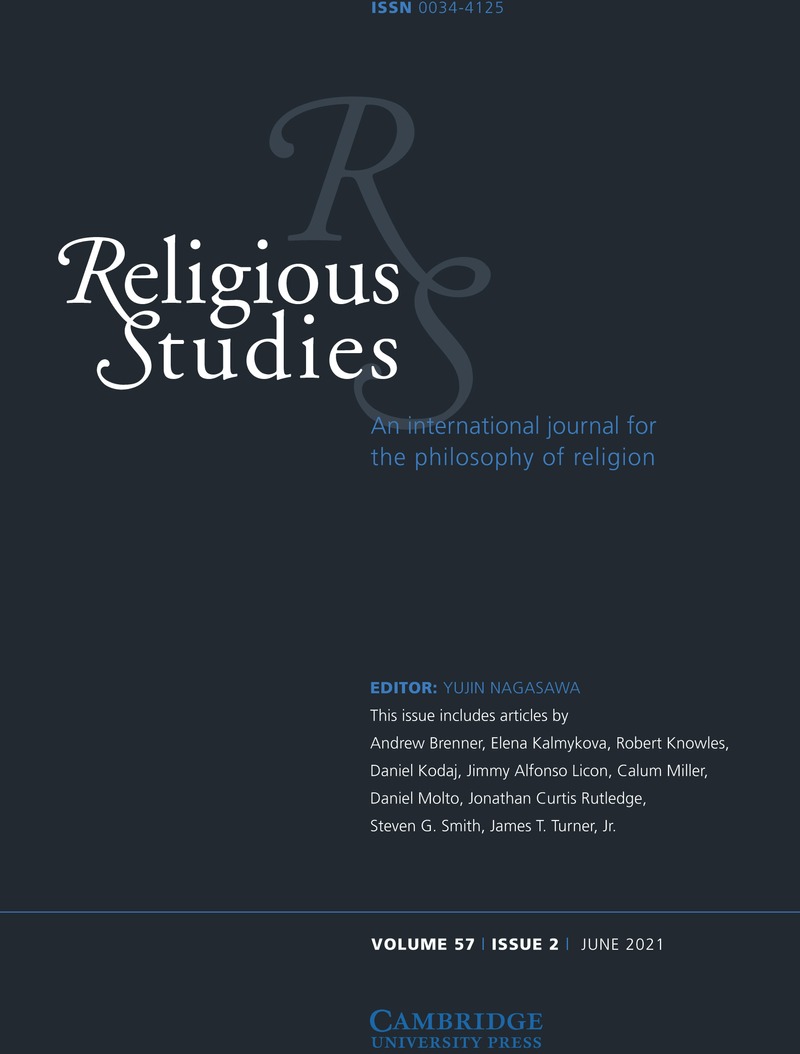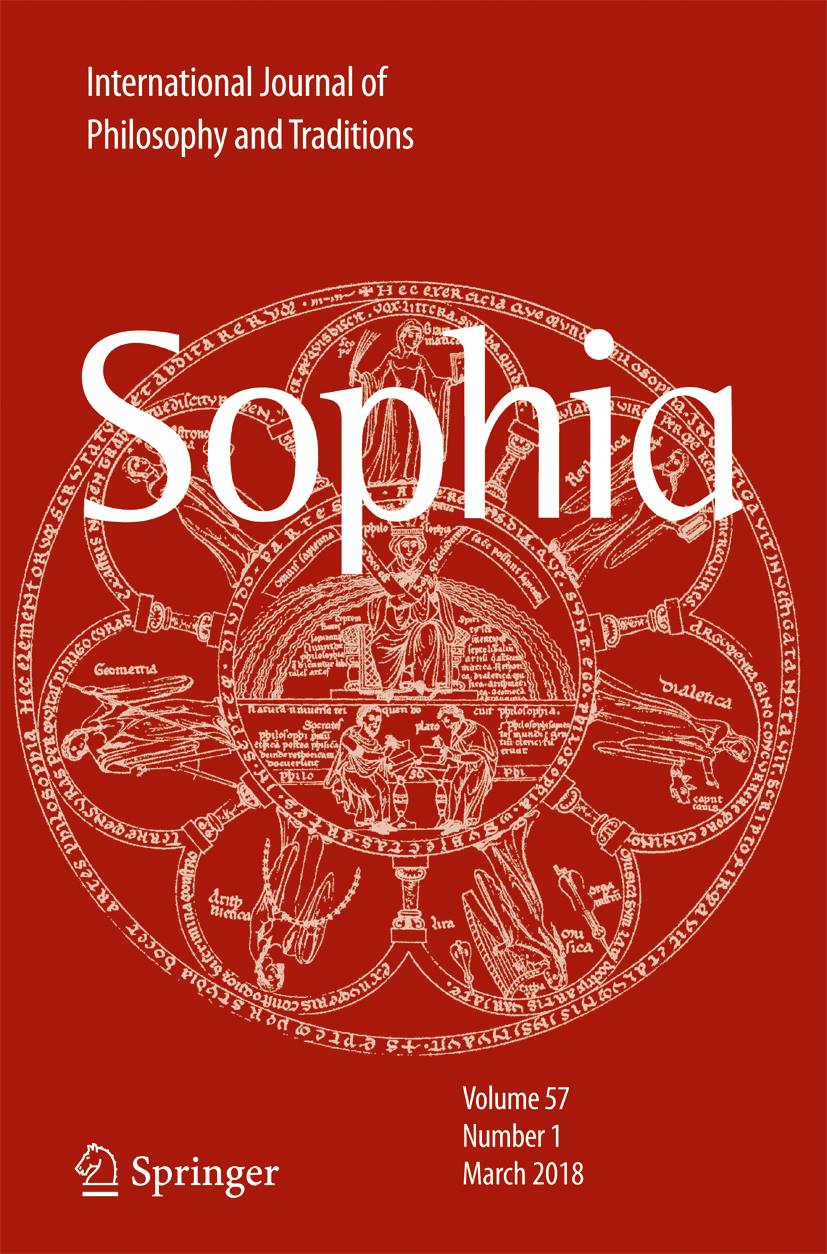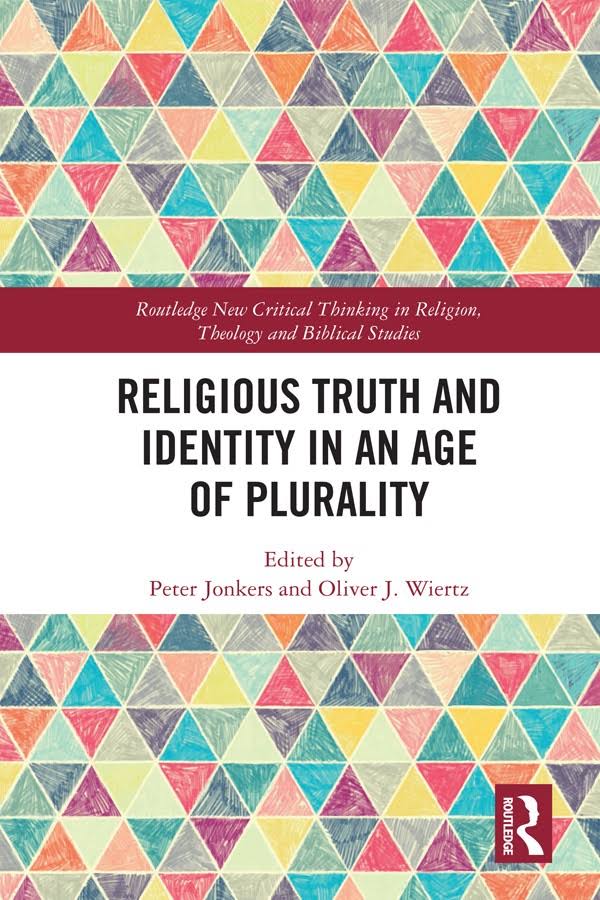Selected publications
Holding doctrinal belief as an artefact
Religious Studies, 2019
In this article, I consider how empirical research on religious belief poses a puzzle for the relationship between religious doctrines and lived religion, and develop one solution to that puzzle. The empirical evidence shows that believers are commonly incorrect about the content of doctrinal statements, and apparently not much interested in that content. I argue that this finding calls for a new understanding of the role of doctrinal commitments in religious life.
I propose that in many cases believers relate to doctrinal statements in rather the way that they relate to sacred artefacts, that is, by way of an attitude of reverence and strong adherence, and independently of any attempt to discern the content of doctrinal claims. I note how this account avoids some of the difficulties of alternative solutions, which may undermine the claim of religious beliefs to count as genuine beliefs.
Faith Assimilated to Perception: the Embodied Perspective
SOPHIA, 2021
In this paper, I consider how the embodied approach can be applied to religious faith, and possibly other kinds of faith. I start with the reformed epistemologists’ idea that religious faith is similar to sense perception, and I argue that we can elaborate this idea by taking into account our capability perceptually to grasp what is not accessible by senses—the ‘presence in absence’ (Noë 2012) or, as I call it, perceptual faith. As perception necessarily involves not only a mental but also an embodied relation to its object; an embodied relation can be seen as a constitutive component of faith as well.
According to phenomenological accounts of perception (Merleau-Ponty, Noë, Siewert), embodiment and enactment allow humans to transcend perspectival limitations and to perceive an object as it is beyond its appearances: constant despite changes of angle, light, and other conditions and whole even when only parts of it are visible. I argue that, in the same vein, embodied relations and particular normativity involved in perception-based faith allow humans to transcend the precariousness of our experience and to sustain a perception-like relation to religious objects, achieved in a ‘better look’ moments of religious experience. I conclude that an embodied account can provide new insights into the nature of religious faith and resolve some puzzles, such as how faith can be a virtue.
Belief as an artefact: Implications for religious diversity
Routledge, 2020
In this chapter, I argue that empirical research of religious belief demands reconsidering the role of doctrinal commitments in religious life. Empirical evidence shows that believers are commonly incorrect about the content of doctrinal statements, and apparently not much interested in that content. Therefore, I propose the hypothesis that, in many cases, doctrinal beliefs are held by believers as sacred artefacts, without a proper understanding of their propositional contents, but with a strong adherence to them.
I compare the way doctrinal statements are held by believers with their treatment of icons, which rather present sacred objects and states of affairs than representing them. Icons are developed by religious authorities and supplied to believers in a ready-made form. This approach has important ramifications for religious diversity: if doctrines are developed by religious authorities together with other sacred religious objects, and commonly treated by believers as sacred artefacts, then the content of highly developed doctrines does not represent the essence and scope of religious belief and religious diversity. Hence, doctrinal diversity should be treated on par with cultural diversity, or a diversity of artistic styles.
A complete list of publications
PEER-REVIEWED PUBLICATIONS
1. Holding Religious Belief as an Artefact. Religious Studies, 2019: 231-248. doi:10.1017/S0034412519000143
2. ‘Belief as an artefact: Implications for religious diversity’. In Religious Truth and Identity in an Age of Plurality, ed. Peter Jonkers, Oliver Wiertz, Routledge, 2020.
3. Faith Assimilated to Perception: the Embodied Perspective. SOPHIA (2021) 60,989–1007 .
4. One Step Forward, Two Steps Backward: on “Science of Religion, Scientific Atheism, Religious Studies” edited collection. In Philosophy of Religion Almanac 2014-2015, Ed. by V. Shokhin. Moscow, 2015: 574-379.
5. Blanks in cognition: escape from the limits of the language. In Rivista Italiana di Filosofia del Linguaggio. (2012) 5: 99-108.
6. Realism and Anti-Realism in Contemporary Science and Theology. Philosophy: Proceedings of the VI Conference, Kiev, 2010.
7. Communication in Religious Studies: Three Problems, Three Solutions. – Kiev, 2009.
8. Key to the Solution of the Problem of Truth in Religion. Academic bulletin "Lomonosov", series Humanities, vol. I, Moscow, 2008.
9. Averroes, Averroism and the Problem of Double Truth. Islam: History, Essential Dimensions and Contemporary Tendencies, Kiev, 2008.
10. Christianity on the Internet: Space, Time, a Hierarchy, an Authority. Proceedings of the International Conference “Lomonosov-2010”. Moscow: MAKS Press, 2010. 11. Female Extreme Asceticism as a Substitute for Priesthood. Conference proceedings “The Sacred”, Sebastopol, 2010.
12. The Response of Theology to the Cognitive Studies of Religion Religious Studies in Post Soviet Area: Conference Proceedings. Volgograd, 2009.
13. The problem of the Interdisciplinary Communication and Possible Solution to it. Space of Humanitarian Communication, 2009 [web source].
14. Main Tendencies of the Dialog between Science and Religion in the West. Proceedings of the III international summer school for Religious Studies “Science and Religion”, Volgograd, 2008.
RESEARCH MONOGRAPHS AND CHAPTERS
1. ‘Belief as an artefact: Implications for religious diversity’. In Religious Truth and Identity in an Age of Plurality, ed. Peter Jonkers, Oliver Wiertz, Routledge (2020).
2. Dissolving Dualism: A Tripartite Model of Cognition for Religious Truth. Uppsala University, 2011. – a monograph.
3. Epistemological Paradigms of Science and Theology: is Integration Possible? A chapter in Scientific and Theological Epistemic Paradigms. Ed. by V. Porus. Moscow: St. Andrew’s Biblical Theological Institute Press, 2009. – a chapter.
4. The Idea of Sanctity in Old Testament Judaism and Medieval Christianity: Gender Aspect. A chapter in Women and Religion, ed. Michaela Moravcikova. Bratislava, 2007.
5. The Celestial and the Mundane. Sanctity and Impurity of a Woman in Christian Tradition. Conference proceedings “Believer in the Culture of Old Russia”, St. Petersburg, 2005.
OTHER PUBLICATIONS
1. The Raoul Wallenberg Calendar. Forum for Levande Historia, Stockholm, 2012. – a publication, resulting from a work in Human Rights project.
2. Holiness and Saints in the Modern Orthodox and Catholic Churches. Proceedings of the XV International Conference “Lomonosov”, Moscow, 2008.
3. “Klikushi” and Sacrifice. Conference proceedings “The History of Ideas and the History of Society”, Nizhnevartovsk, 2008
4. Gender Aspect of the Idea of Sanctity in Orthodox and Catholic Traditions. Vestnik of Saint Petersburg University. Issue 3, Sep 2007.
5. The Phenomenon of Female Sanctity in Catholic and Orthodox Churches. Conference proceedings “The History of Ideas and the History of Society”, Nizhnevartovsk, 2006. 6. Woman in Christianity: Between Sanctity and Demonism. Papers for Study of Religious
Situation in North-West of Russia and Baltic Countries. Issue 4, Saint-Petersburg, 2007. 7. Dangerous Gods: Negative Aspects of the Notion «Sacred». Conference proceedings “The History of Ideas and the History of Society”, Nizhnevartovsk, 2007.
8. “Saint Transvestites” and the Women in Male Spheres: Two Solutions to the Problem of Gender in Female Sanctity in Christianity. Conference proceedings “Siberia in the Intersection of World Religions”, Novosibirsk, 2006.
9. Female Ritual Impurity in the Orthodox Church. Conference proceedings “Male and Female in Culture”, St. Petersburg, 2005.


